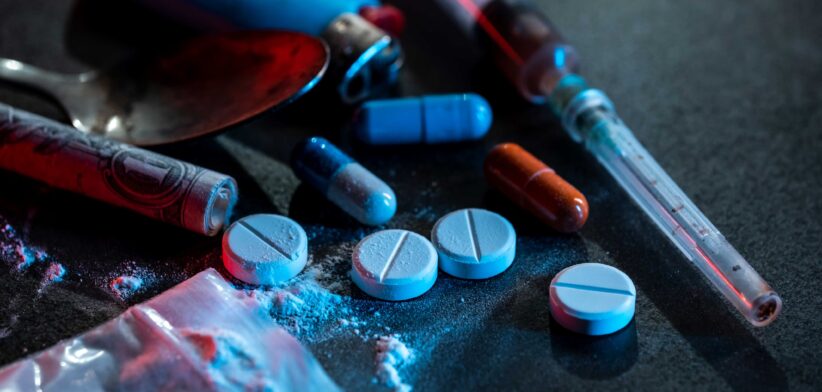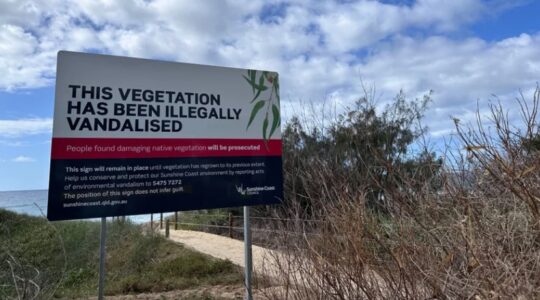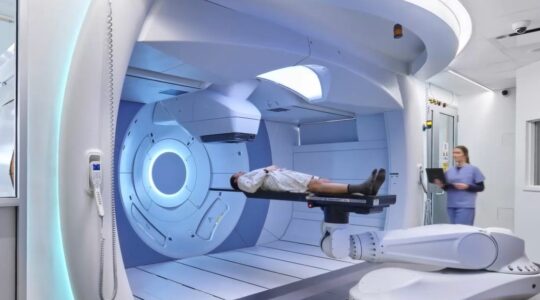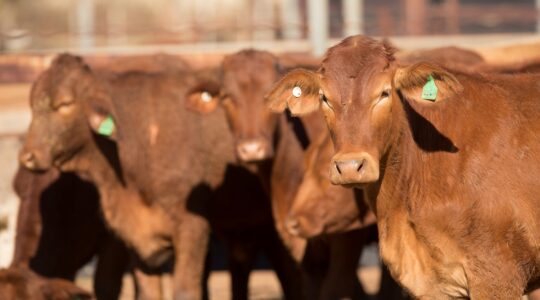Australian governments are spending billions in the battle against illicit drugs, but less than 10 percent is directed towards use prevention and response to harm, according to a new report.
The research, out of UNSW Sydney, found in 2021-22 Federal, State and Territory governments spent $5.45 billion on drug counter measures with more spent on law enforcement than treatment, prevention and harm reduction combined.
Report author and drug policy specialist Professor Alison Ritter said the report found that of the $5.45 billion spent nearly 65 percent ($3.5 billion) was spent on law enforcement programs, including $1.8 billion on routine policing against drugs.
“Less than two percent ($90 million) was spent on harm reduction measures such as needle syringe programs and supervised injecting facilities,” Professor Ritter said.
“Governments do invest a significant amount of money on proactive drug policy, and where they spend that money shows what they consider as important in responding to drugs.”
Professor Ritter said The Australian ‘drug budget’: Government drug policy expenditure 2021/22 was the most recent report in a series which estimated spending on proactive responses to illicit drugs by governments across Australia.
She said the proportion spent on prevention, such as in-school education programs, slightly decreased since the last report in 2009-10, down from 9.5 percent to 6.7 percent in 2021-22.
“Spending on harm reduction also decreased from 2.2 percent to just 1.6 percent,” she said.
“Spending on law enforcement remained relatively stable, slightly down from 64.9 percent to 64.3 percent of expenditure. Meanwhile, spending on drug treatment services rose from 22.0 percent to 27.4 percent.”
Harm Reduction Australia (HRA) Executive Director Annie Madden said the report revealed the extent of governments’ under-investment in harm reduction.
“We know that frontline harm reduction services such as needle and syringe programs, opioid treatment, take-home naloxone, drug consumption rooms and drug checking services reduce potential harms including drug-related deaths,” Dr Madden said
“The fact that harm reduction spending has continued to decline in the face of unprecedented evidence of impact and effectiveness is deeply concerning for many reasons, not the least of which is the undeniable fact that harm reduction saves lives.”
State and territory governments spent the most against illicit drugs, accounting for 76 percent, or $4.11 billion, of the total proactive expenditure, the majority of which ($2.87 billion) was for state law enforcement.








